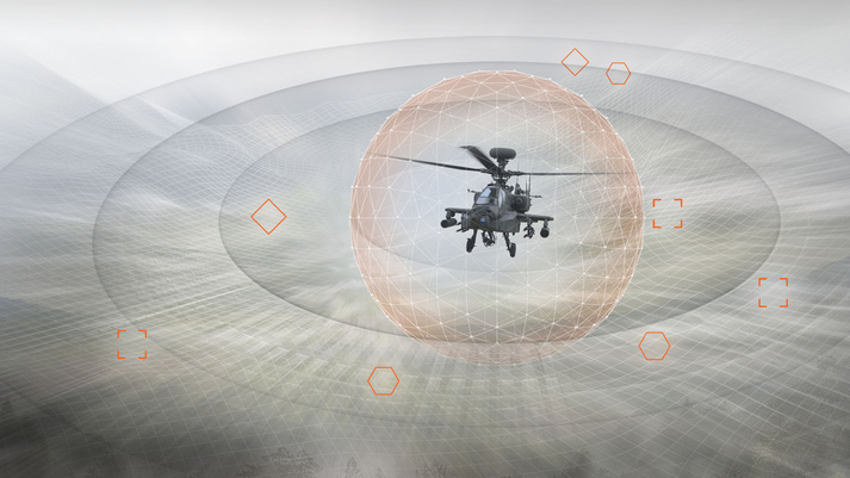
The 3-Dimensional Advanced Warning System (3DAWS) is designed to detect a potential threat and select the best available countermeasure, depending on the nature of the danger.
Existing threat detection and missile warning systems typically use 2D information, azimuth and elevation, to assess a potential hazard. This makes identifying and confirming the threat much more difficult.
In contrast, 3DAWS incorporates a third dimension, range, allowing it to better analyse the threat, according to Cheryl Paradis, director of Threat Management Solutions at BAE Systems.
“The typical threat that they [aircraft] see in theatre are MANPADS, or man-portable surface-to-air missiles, which detect the IR signature of the aircraft,” Paradis said.
“Our customers want the ability to definitively say, there is a threat there, and that threat is coming at you, and it’s not a false alarm, its real,” she said.
The system is comprised of two components: a passive threat detection system, such as BAE Systems’ Common Missile Warning System (CMWS), which is designed to detect the ultraviolet signature of missiles; and a radio frequency-based, semi-active 3D tracker.
When the passive system detects a potential threat, it cues the 3D Tracker to trigger a radar pulse, to interrogate the object. This confirms whether the detected object poses a genuine threat or is a false alarm.
“In the world of low-altitude rotary-winged military platforms, when you are looking for signatures in the missile warning domain, there are lots of things that look like they have a UV or an IR signature, and if you are in a hostile area, you don’t want to see those and deploy countermeasures for nothing, you want to save them for when you really need them,” said Paradis.
The information is passed back to the missile warning system, which coordinates with the aircraft’s on-board systems to automatically select from a range of countermeasures, depending on the nature of the threat. These include flares and directable infrared countermeasures, which confuse an incoming missile’s guidance system to ensure it misses its target; and so-called hard-kill countermeasures, which physically counterattack the missile.




Red Bull makes hydrogen fuel cell play with AVL
Formula 1 is an anachronistic anomaly where its only cutting edge is in engine development. The rules prohibit any real innovation and there would be...